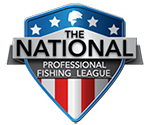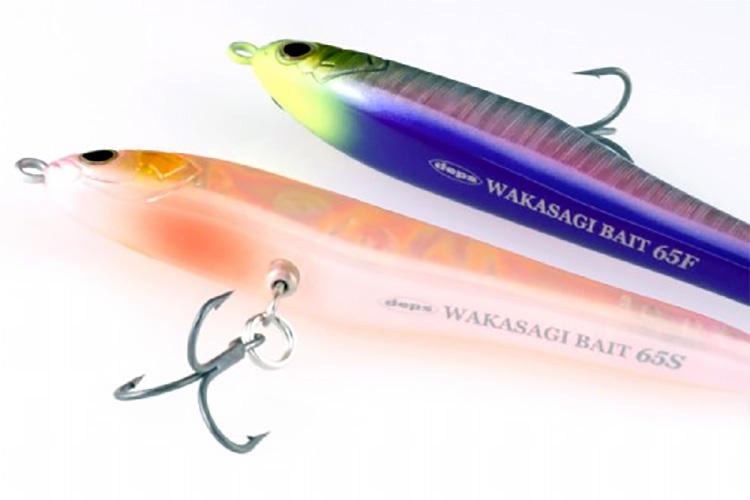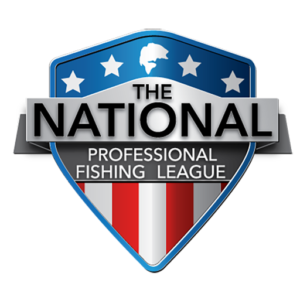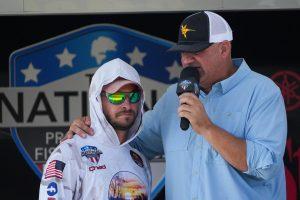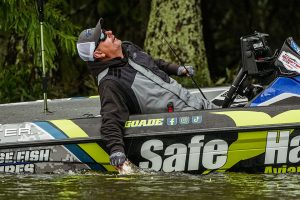Featuring Jake Maddux
Hometown: Atlanta, Georgia
Technique: Slider or I-Motion fishing for fall bass
History: In the 1960s, a Tennessee angler named Charlie Brewer developed a technique he called Slider or Do-Nothing fishing. It involved 4-inch straight-tailed plastic worms, lead head hooks and finesse spinning gear. His basic method involved swimming the bait and imparting no additional action—just reeling it slowly and steadily. In the early 2000s, the I-Motion technique borrowed Brewer’s principles and applied them to both soft and hard baits.
Highlights: I earned my second NPFL payday with a Deps Wakasagi Bait 55 on Lake Hartwell. The bass were chasing bait of a very specific size, and I was able to match them with that lure and get the fish to eat it just under the surface.
When: Do Nothing or I-Motion works all year long, but my favorite times for it are from the post-spawn into the fall. It’s particularly effective on highly pressured fish that have seen a lot of baits.
Where: This method is best in clear water. I especially like it on highland or midland reservoirs with herring or clear lakes with threadfin shad where the bass can get skittish.
Lures: My favorite lures for this are the Deps Wakasagi Bait 65 in Half Mirror Wakasagi (hard bait) and the Big Bite Jointed Jerk Minnow in Alewife (soft bait). For the soft bait, I like to use a Ryugi Snagless Trailer Hook (small) or Roboworm Rebarb worm hook, and I thread the bait onto the hook so that the point is exposed. If I need a little weight to get the bait down, I’ll wrap some lead wire onto the hook shank.
Mods: Sometimes I’ll tear off a segment or two from the tail of the Big Bite Jointed Jerk Minnow and replace it with a flashabou tail I tie myself.
Line: For the Deps hard bait, I use 5-pound-test Power Pro braid (green) as my main line and a 3-foot leader of 6- or 8-pound-test Shimano Mastiff FC fluorocarbon. For the soft bait, I like 8-pound Power Pro and the same leader I use with the Deps.
Rod: 7-foot-2 medium-light Shimano Expride spinning rod for both baits.
Reel: Shimano Stella 2500 or 3000 (5.8:1 gear ratio)
Basics: I like to target points and shoals, blow-throughs between humps and islands, and the backs of ditches and cuts. These baits are light, but with light line and the right gear you can make a 60- to 70-foot cast and stay back from the fish, so you won’t spook them. I’ll even use a skip cast when possible, so my lure looks like a baitfish trying to escape. After a long cast, I’ll let the bait sink for three or four seconds and then bring it to the surface with a twitch or two. Experiment with speed and cadence. Sometimes an erratic move can trigger a strike.
Advanced: Don’t be in a hurry with this method. It will cost you fish. Stealth can be everything. Stop your outboard far from your target and use the wind to drift into casting range when possible. Keep your trolling motor speed down and keep the sun in front of you so you don’t cast a shadow on the fish. Make long casts. With forward-facing sonar, you can watch how the fish are reacting to your baits and adjust accordingly. Finally, if you’re fishing a point, put your boat up shallow and cast to deeper water. A baitfish imitation swimming uphill can be really tempting to a bass.
